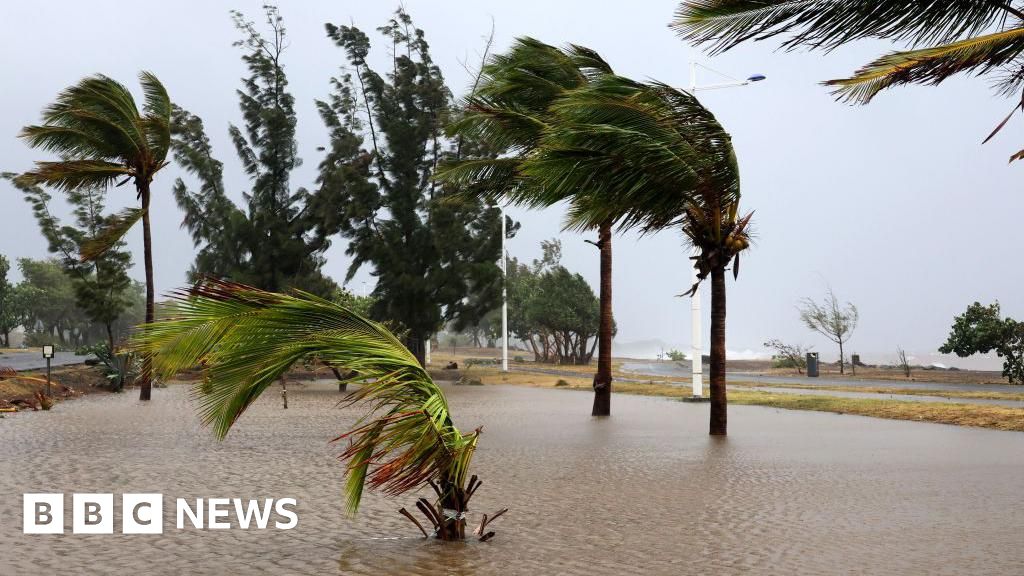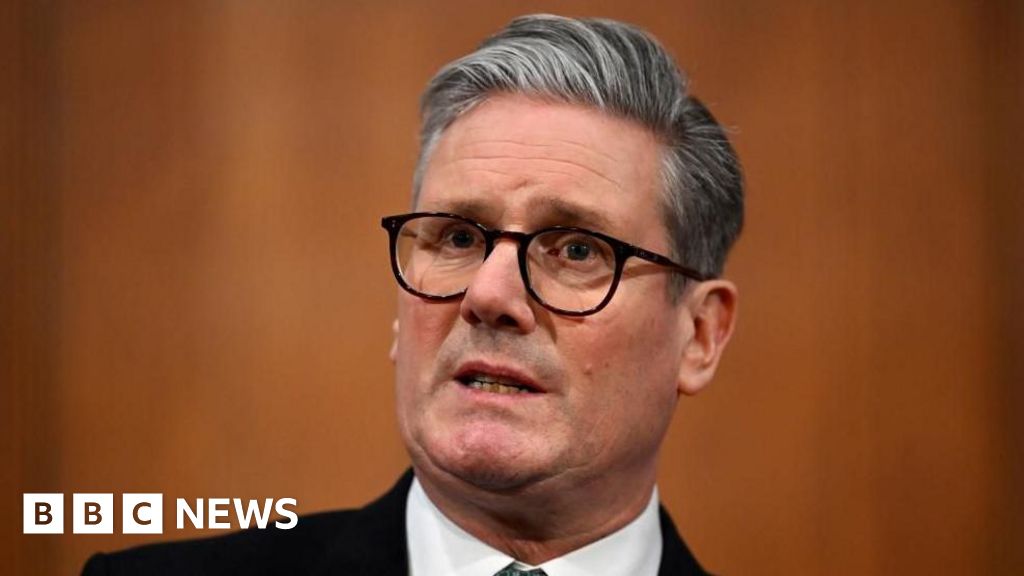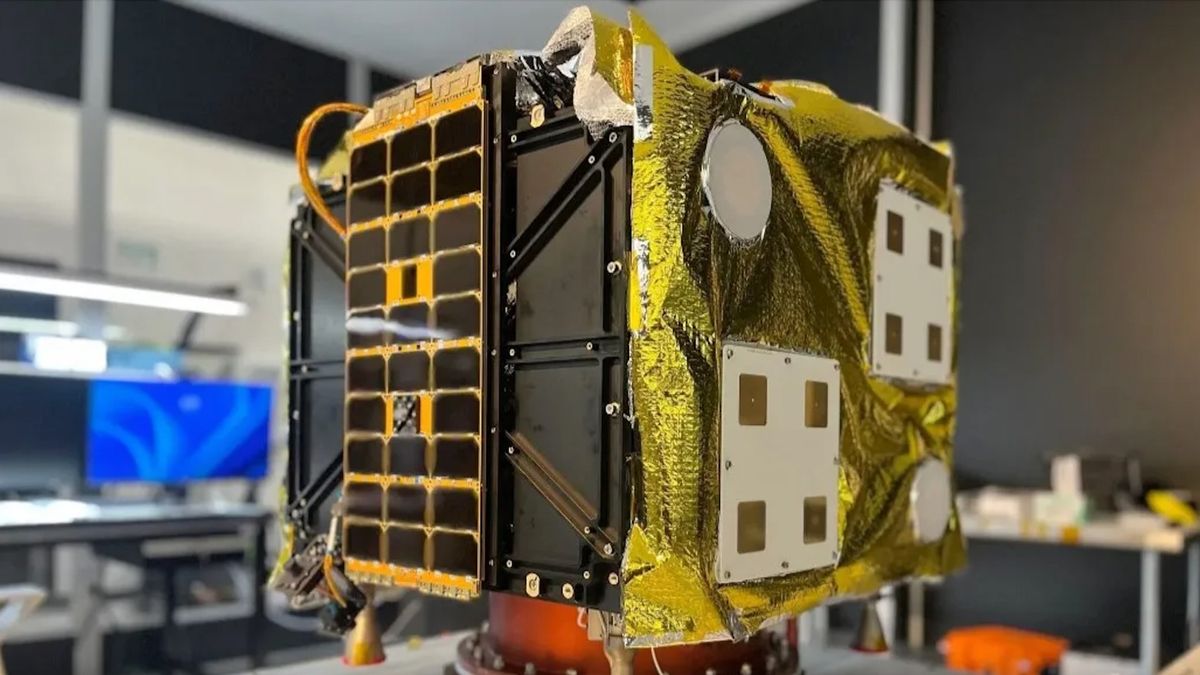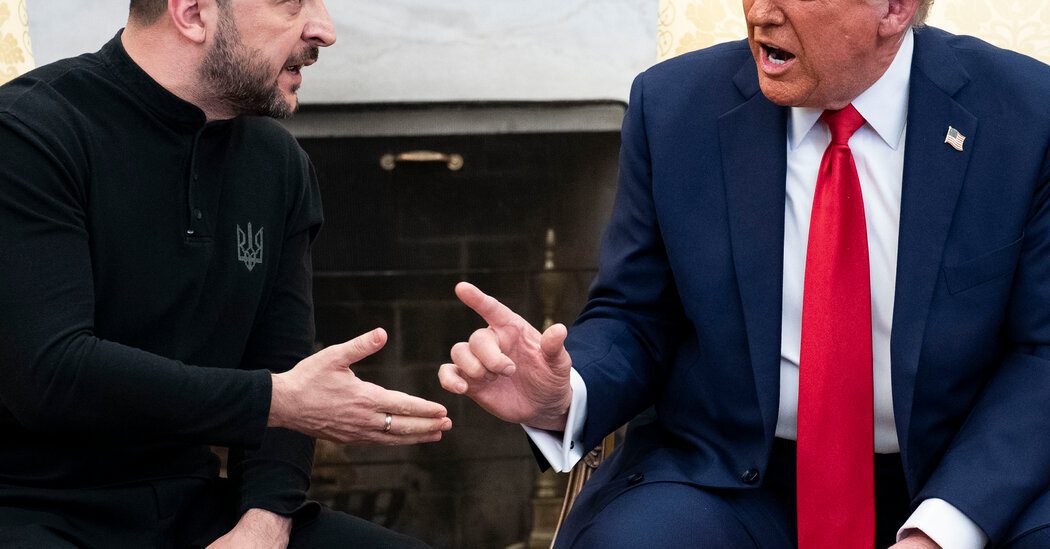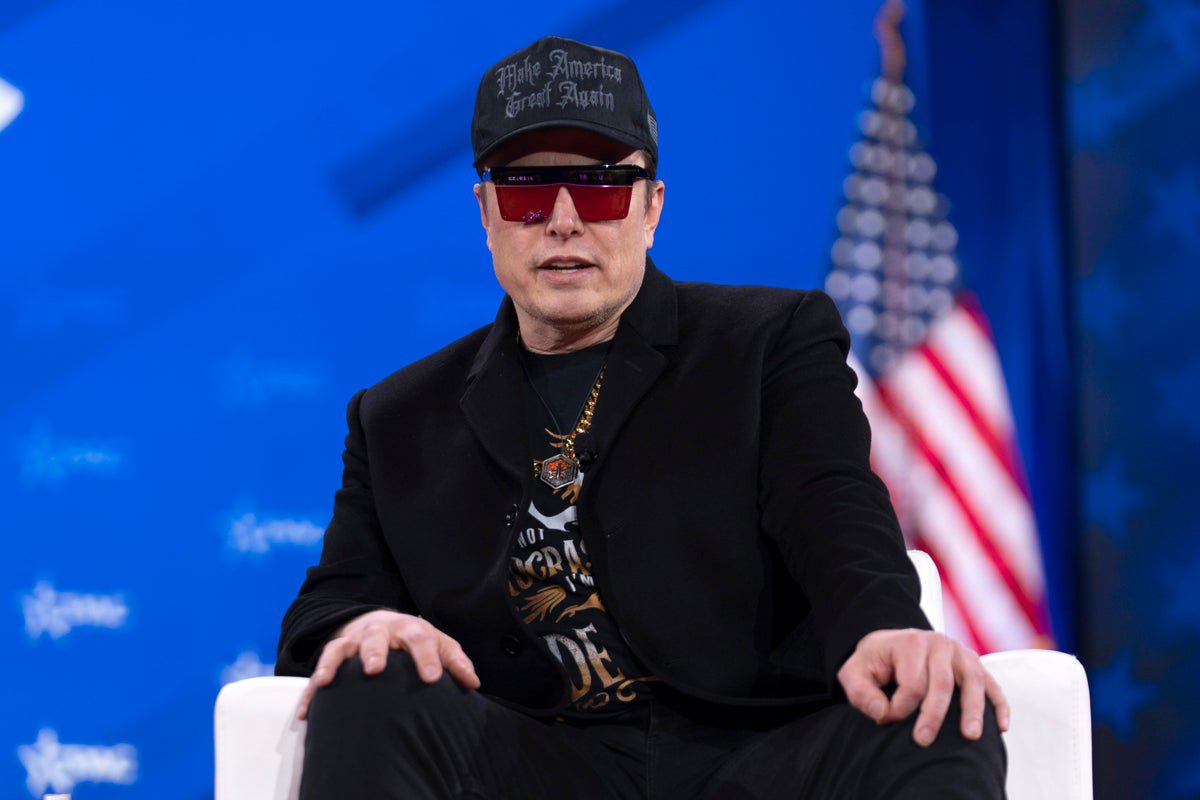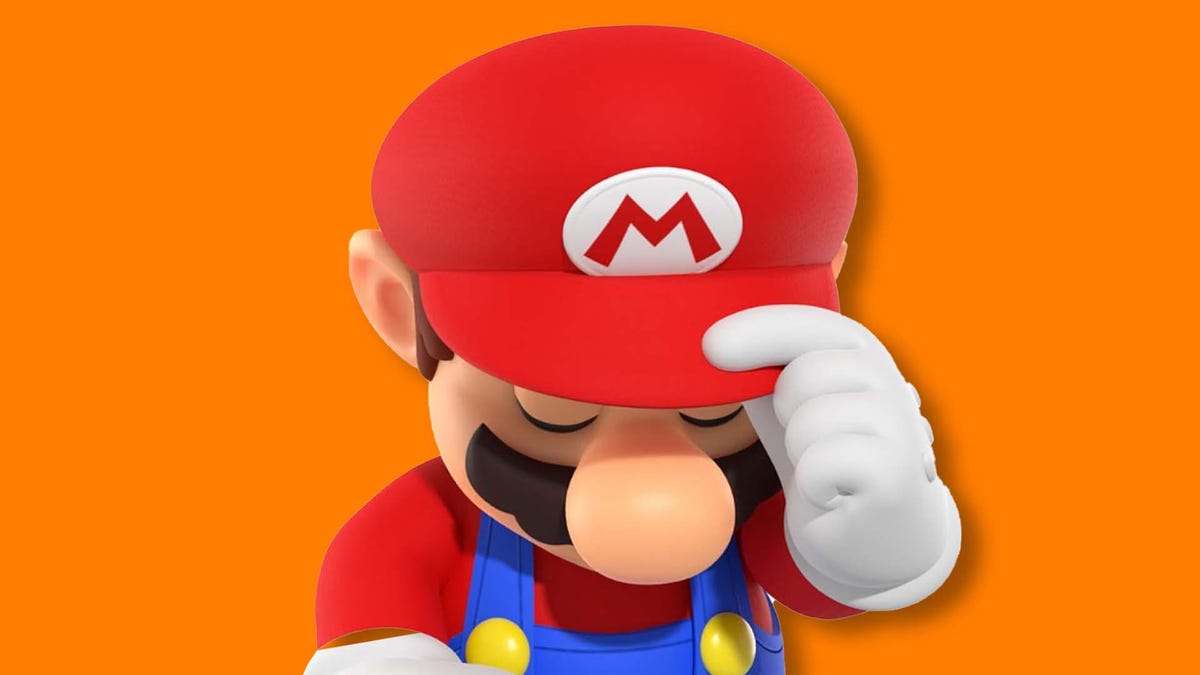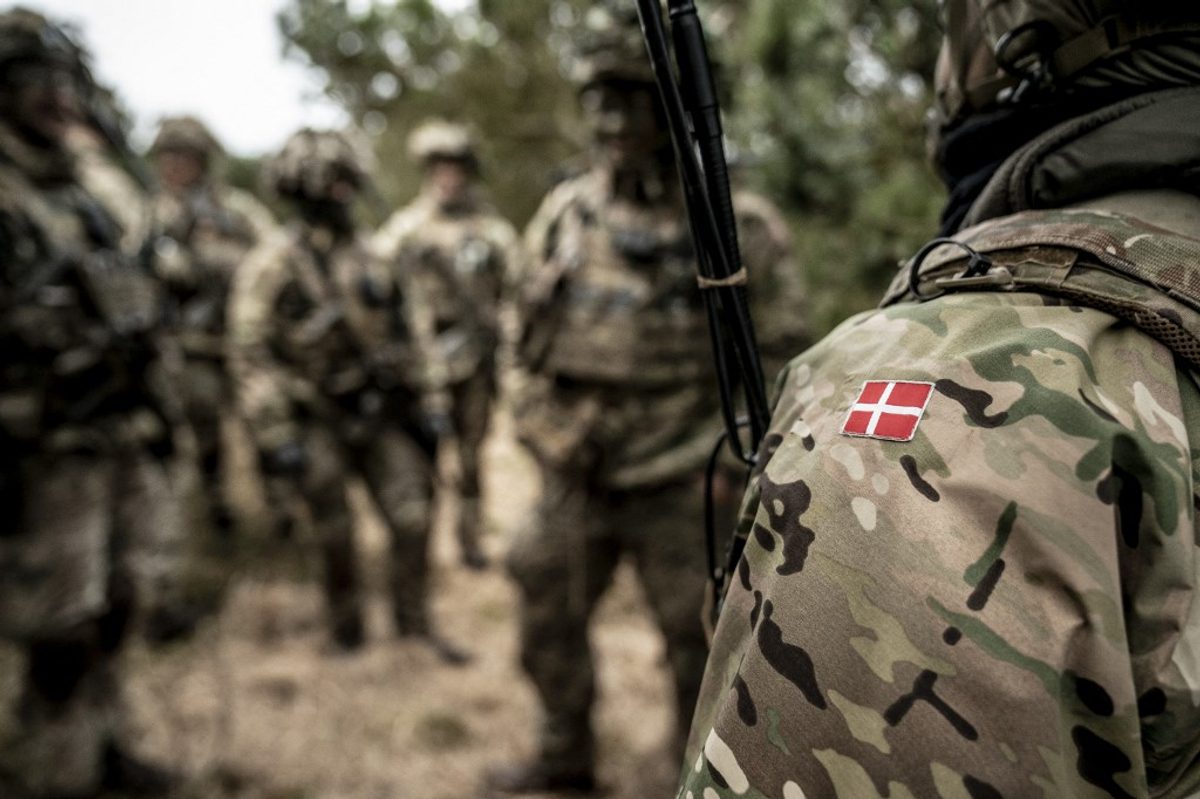
UK Prime Minister Sir Keir Starmer is expected to propose a strategic initiative to US President Donald Trump, which involves deploying 30,000 European troops to Ukraine, as reported by The Telegraph.
This initiative aims to establish a framework where European forces could oversee any potential ceasefire agreement facilitated by Trump during their meeting in Washington next week, according to insights from the report.
FOLLOW US ON TELEGRAM
Stay updated with our coverage of the conflict on @Kyivpost_official.
The so-called “reassurance force,” primarily led by the UK and France, was introduced to European leaders at an urgent summit held in Paris earlier this week.
This action comes amid rising concerns that Trump may swiftly pull back support for Ukraine following a ceasefire agreement with Russian President Vladimir Putin, as suggested by The Telegraph.
According to the Anglo-French blueprint, the proposed contingent of approximately 30,000 ground troops would be stationed in Ukrainian cities, ports, and essential infrastructures like nuclear power facilities, while maintaining a safe distance from active combat zones.
The Telegraph has published an infographic detailing the anticipated deployment of the Joint Expeditionary Force (JEF), which consists of NATO allies including the UK, Denmark, Estonia, Finland, Iceland, Latvia, Lithuania, the Netherlands, Norway, and Sweden.
Troops could potentially be stationed in strategic locations such as Poltava, Dnipro, and Kryvyi Rih, allowing Ukrainian forces to maintain their defensive positions. The infographic also indicates possible paths for Russian attacks.

Additional Topics of Interest
Breaking: Kellogg’s Joint Press Conference With Zelensky Canceled at Washington’s Request
President Volodymyr Zelensky has held discussions with Washington’s Ukraine-Russia Envoy Keith Kellogg, but the results of their meeting remain unclear.

Rather than establishing a significant ground presence, the mission would focus on intelligence, surveillance, and reconnaissance capabilities, utilizing drones and satellite technology for real-time situational awareness.
A Western official quoted by The Telegraph stated that this initiative would be equipped with sufficient firepower to “monitor and intercept” potential threats, reopen Ukrainian airspace, and facilitate commercial airline operations.
This strategy deviates from a “No-Fly Zone” approach, as it demands positive identification of all air traffic instead of a blanket “if it flies, it dies” policy.
Additionally, naval patrol vessels would be deployed in the Black Sea to monitor Russian threats to commercial shipping.
According to the report, the outlined plan by Western officials significantly falls short of the 200,000-strong peacekeeping force requested by Volodymyr Zelensky as a condition for a potential peace agreement.
As reported by The Telegraph, opposition from countries like Germany, Spain, and Italy regarding troop deployment restricts European options for ensuring Ukraine’s stability.
Post discussions in Paris, Starmer stressed the necessity for a “US backstop” to deter Russian hostility. Western authorities propose that this would involve US fighter jets stationed in Romania and Poland, in coordination with a larger NATO presence along the alliance’s eastern border, prepared to act if required.
This strategy seeks to avoid direct NATO-Russian conflicts while ensuring that European forces in Ukraine operate under a more flexible framework. Analysts believe Trump may support this plan as it does not entail direct US troop involvement within Ukraine.
In the meantime, NATO must clarify whether its Article 5 defense clause would be invoked should Moscow retaliate against the European nations participating in this mission.



